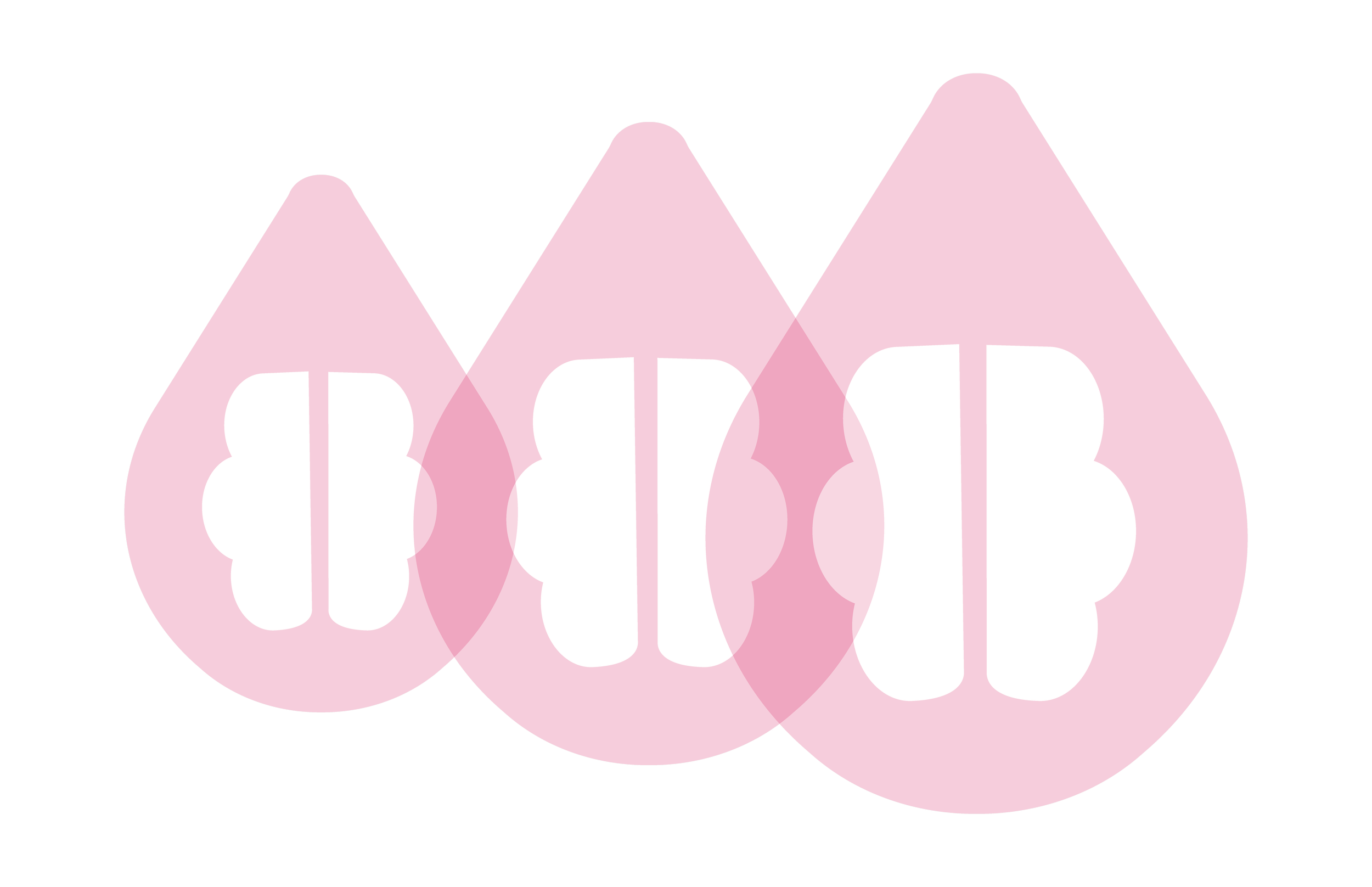Anxiety and Fear of Hypoglycaemia
Information about anxiety and fear of hypoglycaemia
-
Anxiety can be defined as a fear-based mental state, normally felt as a discomforting emotional state accompanied with physical sensations in the body (26). Anxiety is a normal reaction to stress. Mild levels of anxiety can be beneficial in some situations. It can alert us to dangers and help us prepare and pay attention (27). Anxiety disorders differ from normal feelings of nervousness or anxiousness and involve excessive fear or anxiety. Anxiety disorders are the most common of mental disorders (27).
-
An anxiety disorder, also known as clinical anxiety, is a psychological condition characterised by persistent and excessive anxiety and worry. According to Diabetes UK (2019), this disorder is accompanied by a range of symptoms, including (28):
Emotional: Feelings of unease, worry, irritability, or panic, including panic attacks.
Cognitive: Thoughts of inadequacy or difficulty concentrating.
Behavioural: Aggression, restlessness, fidgeting, or avoidance.
Physical: Symptoms such as rapid heartbeat, trembling, dizziness, sweating, or nausea.
Anxiety symptoms are prevalent among youth with T1D, with an estimated 13% to 21.3% screening positive at some point during childhood or adolescence (29). They include excessive worry and unnecessary anxiety for numerous activities with symptoms being present and continuous for a minimum of 6 months. Other somatic symptoms include heart palpitations, excessive perspiration and crying (26).
Unlike non-clinical anxiety, which is a typical response to stress or perceived threats, an anxiety disorder disrupts daily functioning and causes significant distress. It is not attributed to substance use (e.g., medication), medical conditions (e.g., hyperthyroidism), or other mental health issues (e.g., depression).
Anxiety disorders can take many forms including:
Generalised Anxiety Disorder (GAD): Characterised by intense, excessive, and persistent worries about multiple aspects of life.
Social Anxiety Disorder: Involves an intense and excessive fear of being scrutinised or judged by others, leading to avoidance of social situations.
Panic Disorder: Marked by recurrent, unpredictable, and severe panic attacks.
Specific Phobia: Defined by an intense and irrational fear of specific everyday objects or situations, such as spiders, blood, or injections.
-
Fear of Hypoglycaemia is an intense and specific fear related to the risk and occurrence of low blood glucose, hypoglycaemia (30). Hypoglycaemia, a common side effect of glucose-lowering medications such as insulin, occurs when there is an excess of medication relative to available blood glucose (30). If not detected and managed promptly, glucose levels can continue to decline, leading to severe hypoglycaemia.
People with T1D often experience significant anxiety about hypoglycaemia. This may include losing consciousness in public, sustaining injuries, experiencing embarrassment, and, in extreme cases, the rare possibility of sudden death.
Higher fear of hypoglycaemia is associated with lower quality of life, impaired wellbeing and psychological distress (31). This may result in compensatory behaviours to prevent future hypoglycaemia episodes, including insufficient insulin dosing, increased snacking, and reduced engagement in diabetes management (31).

